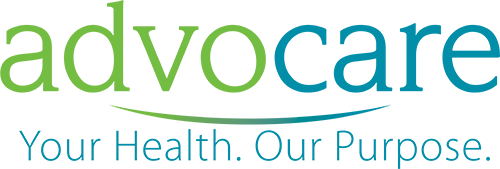Healthy Kids, Happy Kids
Head Lice
Common Childhood Illnesses
Head lice occur more frequently than most people realize, especially among groups of young children. Although annoying and often embarrassing, head lice is not a serious medical problem.
Head lice are parasites that are spread among small children who play together at school or day care. They are not transmitted by home pets.
Head lice are often first detected when you notice your child scratching his head, especially at the back of the scalp. To distinguish head lice from dandruff remember that dandruff looks like large flakes and brushes off, while head lice results in more discreet dots that are stuck to the base of the hair shaft. If you look at the hair shaft you can often see the small gray eggs or nits.
Once you recognize that your child has head lice, treatments are available as over-the-counter shampoos or rinses. Some effective brands include Nix and RID. Carefully follow the directions on the package. After treatment, the hair should be carefully combed with a specially provided fine-tooth comb. This combing is essential to remove the dead egg cases and nits that have survived the treatment and can cause head lice to reoccur.
After treatment with the shampoo or rinse, you must also wash all beddings (sheets, blankets, quilts, pillows, stuffed animals) and clothing your child has worn recently, especially hats. Use the hot cycle on your washer and dryer or have these items dry cleaned. Another method that effectively kills head lice and their eggs is to place items in a tightly-sealed plastic bag for two weeks.
In addition, if your child has head lice it is important to inform your child's day care center or school, so that other parents can keep an eye out for symptoms of itching.
List of Services
-
Advice for Injury PreventionAdvice for Injury Prevention Advice for Injury Prevention
-
Car SafetyCar Safety Car Safety
-
Car Safety SeatCar Safety Seat Car Safety Seat
-
Emergency Aid for Choking InfantsEmergency Aid for Choking Infants Emergency Aid for Choking Infants
-
PoisoningPoisoning Poisoning
-
Safety for Children: Ages 12 Months to 2 YearsSafety for Children: Ages 12 Months to 2 Years Safety for Children: Ages 12 Months to 2 Years
-
Safety for Children: Over Age 2Safety for Children: Over Age 2 Safety for Children: Over Age 2
-
Safety for Newborns: Ages 0 to 12 MonthsSafety for Newborns: Ages 0 to 12 Months Safety for Newborns: Ages 0 to 12 Months

